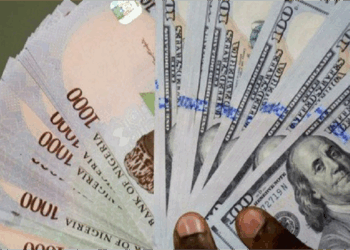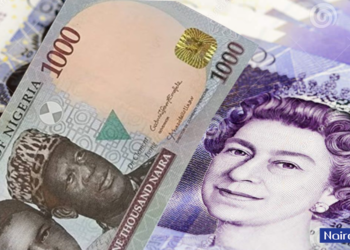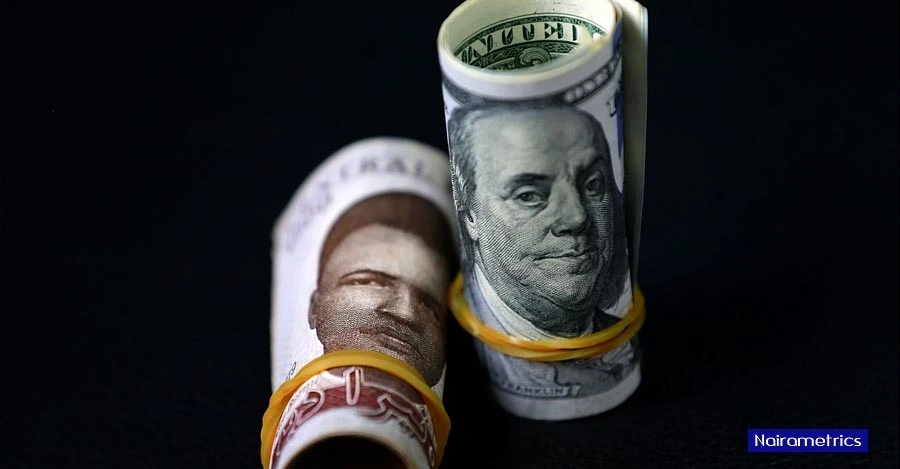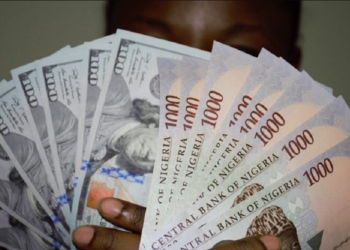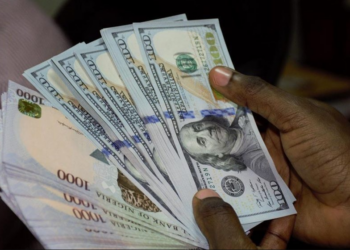The U.S dollar was trading lower in the latter part of Asia’s trading session on Monday.
The slump was triggered on growing concerns about whether the safe-haven currency had found its footing after five straight months of declines, with low-interest rates expected to persist in the long term.
What we know: The U.S. Dollar Index, which tracks the greenback against a list of other major currencies, is down by 0.18% to trade at 92.787 at the time of this report.
READ: OECD reduces global economic decline to 4.5% from earlier forecast of 6%
The latest speech by Federal Reserve Chair, Jerome Powell, revealed an accommodative shift in the central bank’s approach to inflation, increasing pressure on the U.S dollar, as global investors interpreted it that U.S interest rates could stay lower for a longer period of time.
Quick fact: The U.S. Dollar Index tracks the greenback against a basket of major global currencies such as the Japanese yen, British pound sterling, Swedish Krona, Euro, etc. Individuals hoping to meet foreign exchange payment obligations via dollar transactions to countries like Europe, and Japan, would need to pay more dollars in fulfilling such payment obligations.
READ: Why currency traders are now buying U.S dollars
Stephen Innes, Chief Global Market Strategist at AxiCorp, in a note, gave insights on the prevailing macro, happening at the currency market, saying:
“The G-10 forex markets may give gold investors a more precise direction. The Fed’s message is that policy will remain accommodative, but there is no real appetite for adding to the easing. By contrast, the European Central Bank’s (ECB) rhetoric continues to leave the door more open to further action this year.
The ECB’s Pablo Hernandez de Cos noted Friday that the recovery pace had decelerated in August and that the need for additional stimulus cannot be ruled out.
“If more accommodation is on the way from the ECB, while the Fed stays status quo, and the EUR-USD weakens, gold’s US dollar unpinning could be seriously undercut.” He said.








